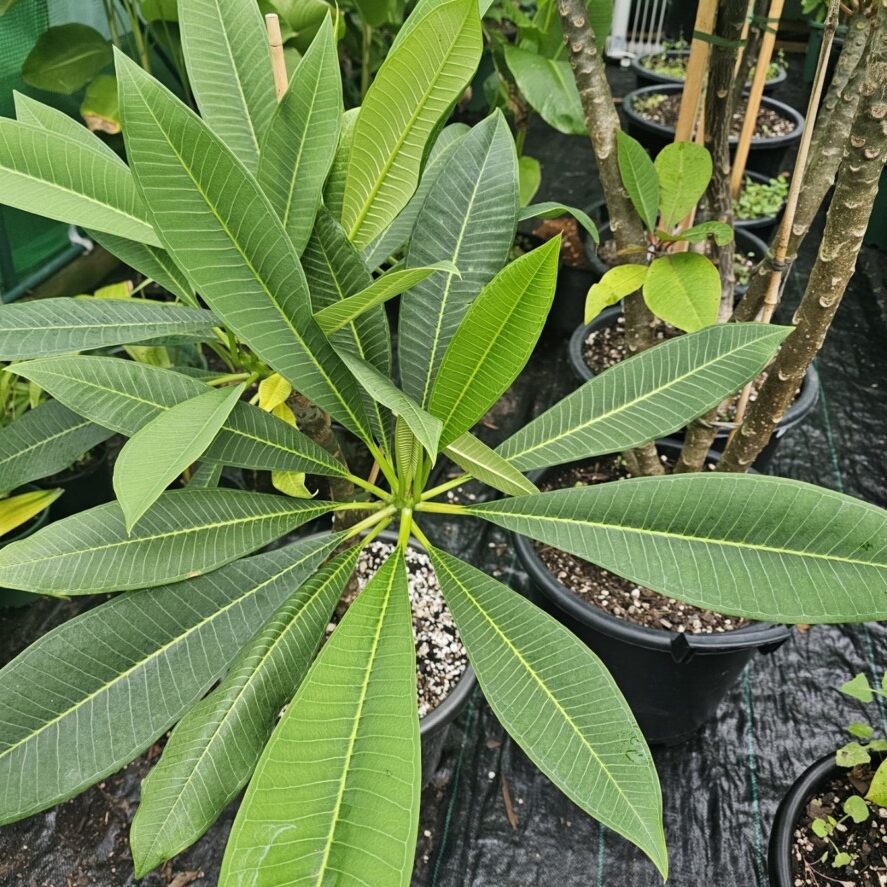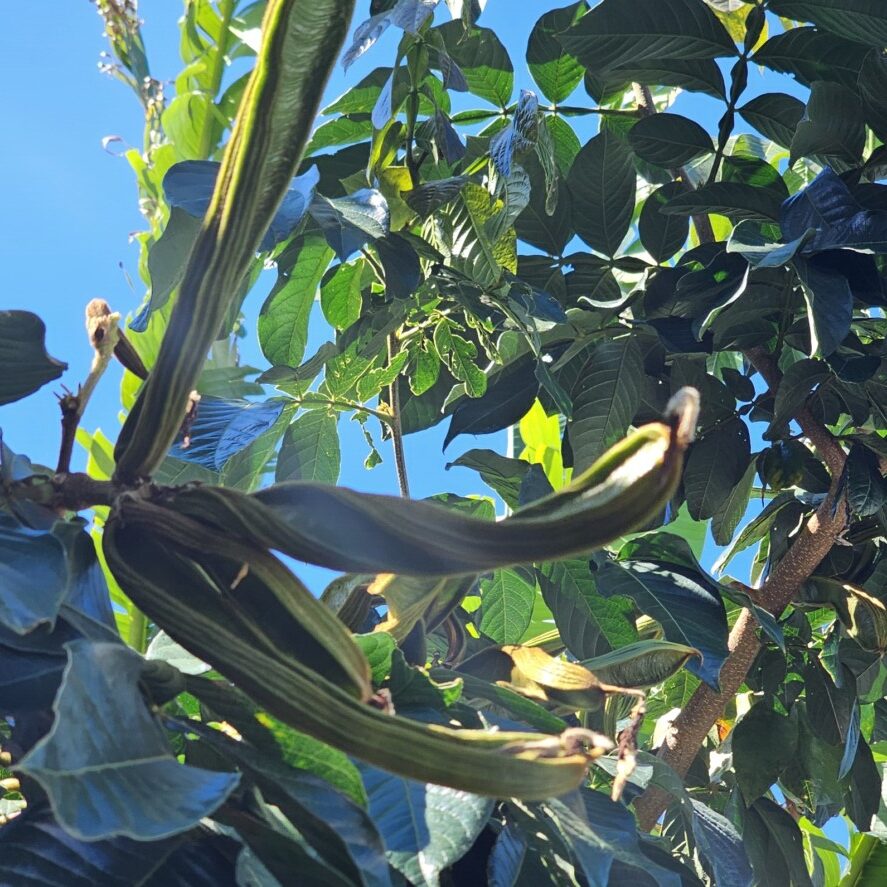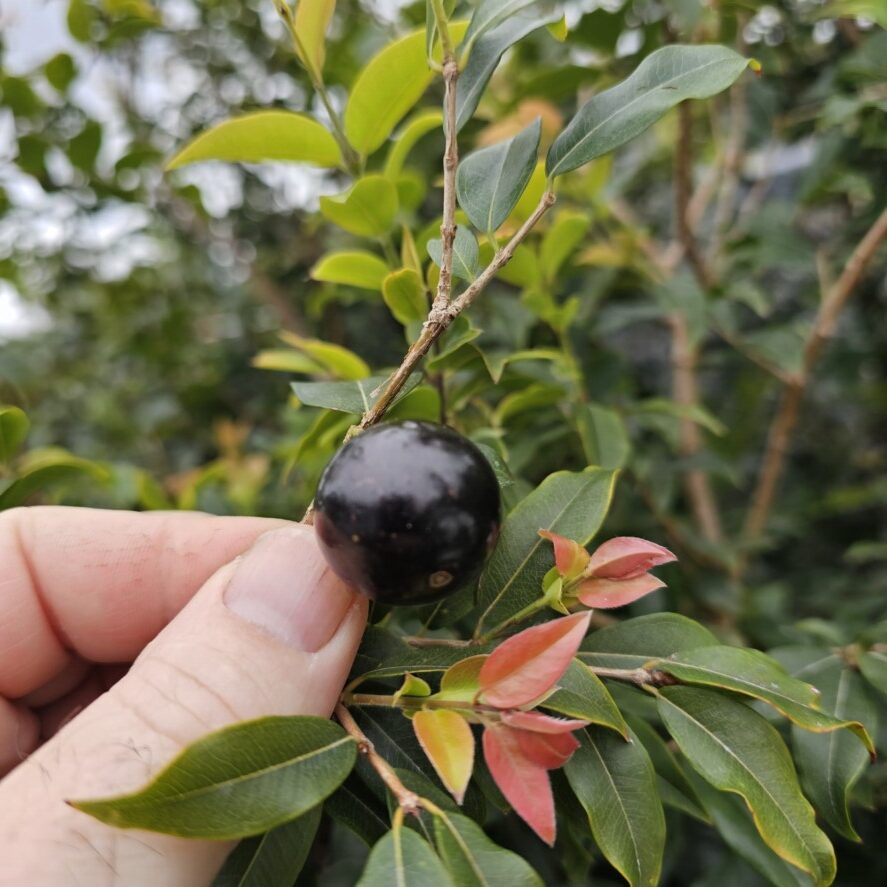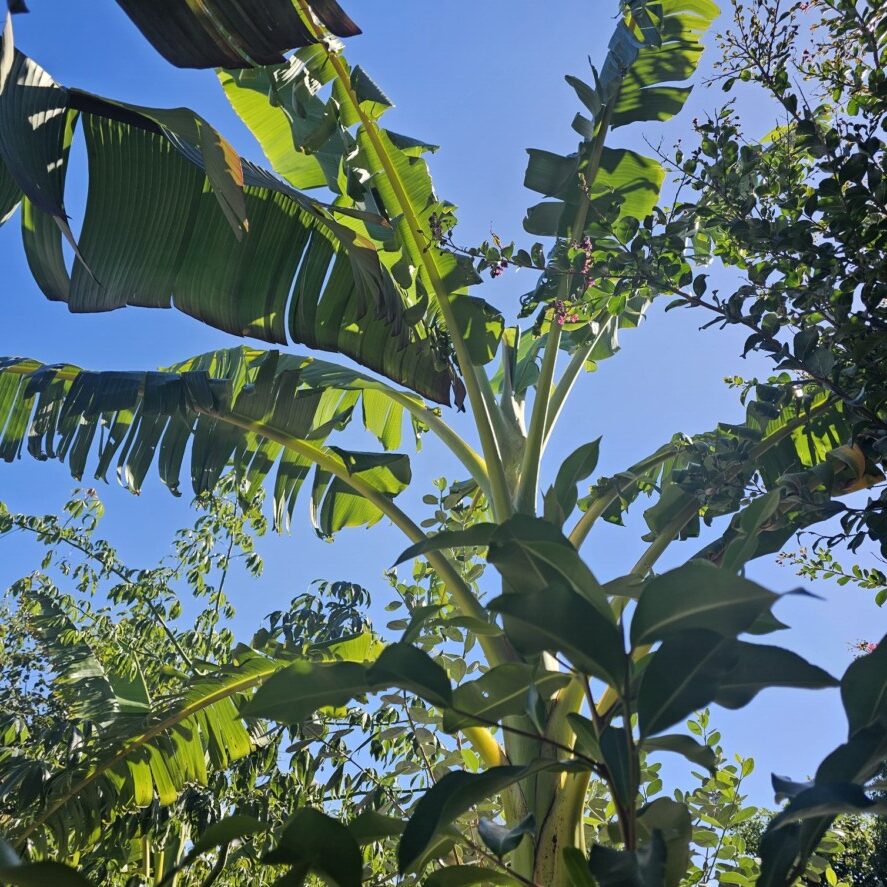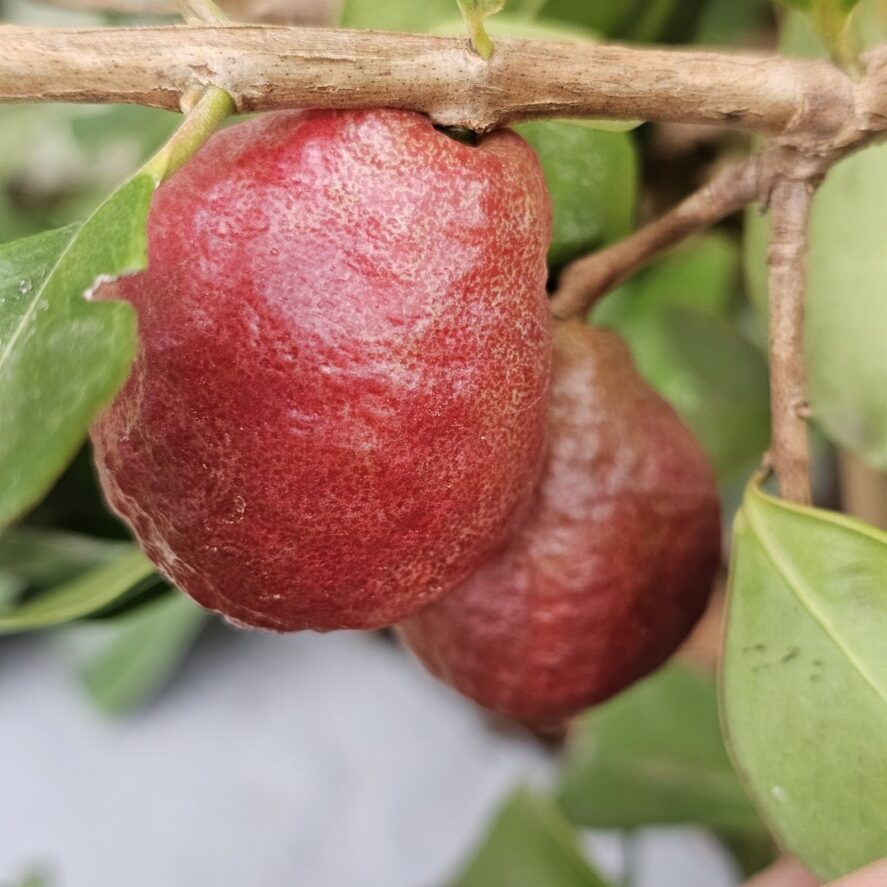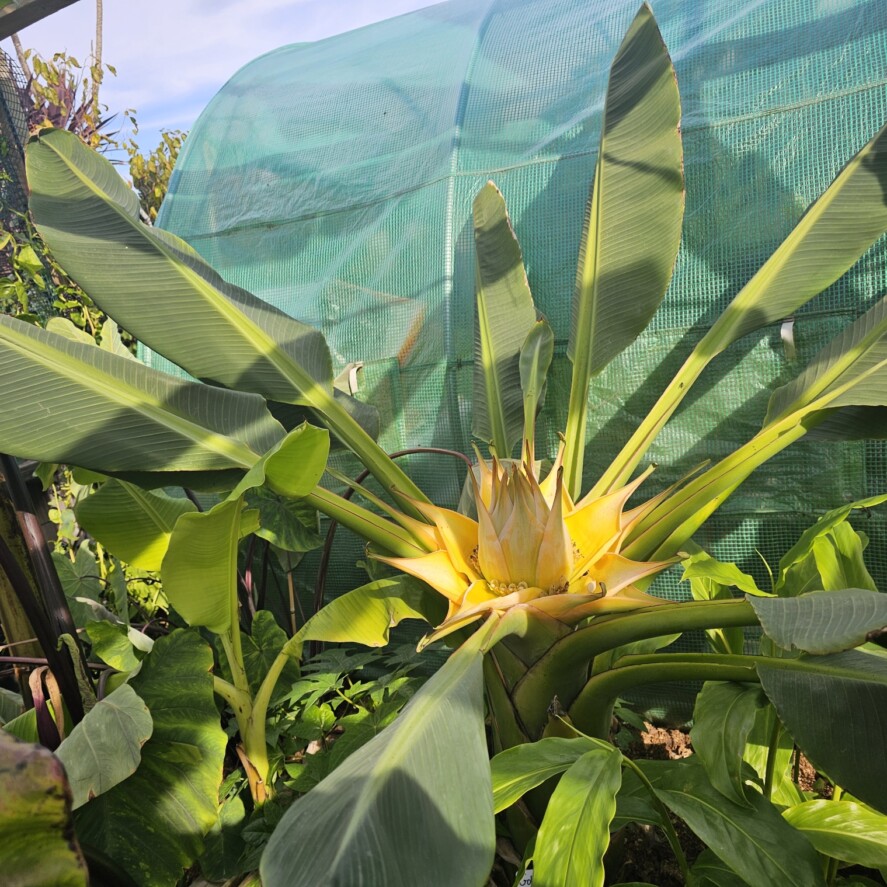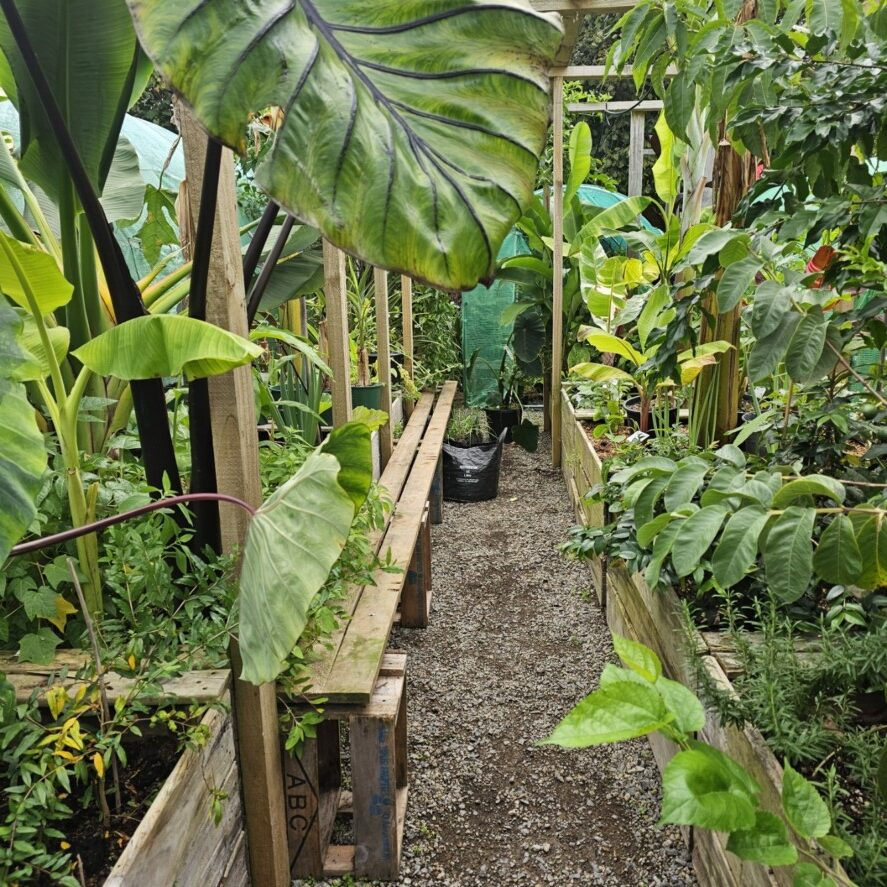-
Troppo Plant & Garden Articles
- Te Puke Region
- TROPPO’s Food Forest in Te Puke, BOP (www,foodforest.org.nz)
- Troppo’s Plant Collection
- TROPPO's Nursery Directory
- Food Forests of New Zealand (www.foodforests.nz)
- Nursery Map - Plant Suppliers of NZ Directory (www.nurserymap.nz)
- Kids Garden Corner
- New Zealand Garden Bird Survey
- New Zealand Garden Groups
- Delicious Recipes
The Future of Food Forests and Syntropic Agroforestry: Cultivating Sustainable Ecosystems

In a world facing escalating challenges of climate change, soil degradation, and food insecurity, innovative agricultural practices are more crucial than ever. Food forests and syntropic agroforestry stand out as two transformative approaches with the potential to revolutionize how we grow food and manage our landscapes. This blog explores the future of these practices, their principles, benefits, and the pivotal role they could play in creating sustainable and resilient ecosystems.
## Understanding Food Forests and Syntropic Agroforestry
### What Are Food Forests?
Food forests, also known as forest gardens, are designed to mimic the structure and function of natural forests. These multi-layered ecosystems integrate various plant species, including trees, shrubs, herbs, and ground covers, to create a self-sustaining, biodiverse, and productive environment.
– **Key Characteristics of Food Forests:**
– **Multi-Layered Vegetation:** From tall trees to ground-hugging plants, each layer performs unique roles, maximizing the use of vertical space and light.
– **Biodiversity:** A diverse array of plants and animals interact to create a resilient ecosystem.
– **Permaculture Principles:** Food forests are often grounded in permaculture, focusing on sustainable, regenerative farming practices that work with nature rather than against it.
– **Benefits of Food Forests:**
– **Sustainability:** Reduced need for chemical inputs and maintenance as ecosystems become self-regulating.
– **Soil Health:** Enhanced soil structure and fertility through natural processes like leaf litter decomposition and root systems.
– **Climate Resilience:** Greater resilience to pests, diseases, and extreme weather due to ecological diversity.
### What Is Syntropic Agroforestry?
Syntropic agroforestry is an advanced form of regenerative agriculture that emphasizes creating dense, stratified plant systems designed to accelerate natural succession and ecosystem recovery. Developed by Ernst Götsch, this method leverages the dynamics of natural forests to restore degraded landscapes and enhance agricultural productivity.
– **Principles of Syntropic Agroforestry:**
– **Succession and Stratification:** Planting species in succession stages, from fast-growing pioneers to slow-growing climax species, creating a dynamic and evolving ecosystem.
– **Biomass Production:** Continuously generating and recycling biomass to improve soil health and ecosystem vitality.
– **Synergy and Cooperation:** Encouraging positive interactions among plants to boost overall system health and productivity.
– **Benefits of Syntropic Agroforestry:**
– **Rapid Ecosystem Restoration:** Transforming degraded land into productive and biodiverse systems quickly.
– **High Productivity:** Efficient use of space and resources results in abundant yields and diverse outputs.
– **Resilience and Sustainability:** Systems that are robust against environmental challenges and require minimal external inputs.
 ## The Future of Food Forests
## The Future of Food Forests
### Scaling Up Food Forests
Food forests, traditionally small-scale and community-driven, are poised to expand significantly, offering innovative solutions for urban and rural areas alike.
#### Urban Food Forests
Urban environments present a unique opportunity for the integration of food forests into cityscapes, providing green spaces that support both biodiversity and community well-being.
– **Green Infrastructure:** Food forests can be incorporated into parks, rooftops, and public spaces, enhancing urban green infrastructure and improving air quality.
– **Community Involvement:** Urban food forests foster community engagement and education, promoting local food production and environmental stewardship.
– **Economic and Social Benefits:** They offer affordable access to fresh produce, reduce food transportation costs, and provide social and recreational opportunities.
#### Large-Scale Implementations
Scaling food forests to larger agricultural settings can transform conventional farming, promoting biodiversity and long-term sustainability.
– **Rural and Agricultural Integration:** Converting traditional farms into food forest systems can enhance ecosystem services, improve soil health, and maintain or increase productivity.
– **Institutional and Corporate Adoption:** Businesses and institutions can create food forests on their campuses, supporting sustainability goals and providing local food sources.
### Innovations in Food Forest Design and Management
Advancements in technology and agricultural practices are driving the evolution of food forest design and management, making them more efficient and accessible.
– **Precision Agriculture:** Utilizing sensors, drones, and data analytics to monitor soil health, water usage, and plant growth, optimizing the management of food forests.
– **Ecological Engineering:** Applying principles of biomimicry to design resilient and productive ecosystems that require minimal human intervention.
– **Genetic Diversity and Crop Improvement:** Breeding new plant varieties suited for food forest systems, enhancing yields and resilience to environmental stresses.

### Challenges and Opportunities
The expansion of food forests faces several challenges, but also presents significant opportunities for innovation and growth.
– **Educational Needs:** Increased adoption requires widespread education and training for farmers, urban planners, and communities to understand and implement food forest principles.
– **Economic Viability:** Demonstrating the long-term economic benefits and productivity of food forests is crucial to gaining broader acceptance and investment.
– **Policy and Support:** Government and institutional policies that support sustainable practices can facilitate the adoption and scaling of food forests.
## The Transformative Impact of Syntropic Agroforestry
### Regenerating Degraded Landscapes
Syntropic agroforestry’s focus on ecosystem regeneration makes it a powerful tool for restoring degraded landscapes and combating environmental challenges such as desertification and deforestation.
– **Large-Scale Restoration Projects:** Implementing syntropic agroforestry on a large scale can rapidly transform barren lands into thriving ecosystems, providing a model for combating land degradation worldwide.
– **Carbon Sequestration:** Dense, multi-strata plant systems sequester significant amounts of carbon, contributing to climate change mitigation efforts.
### Promoting Biodiversity and Resilience
Syntropic agroforestry’s emphasis on diversity and succession creates ecosystems that are rich in species and resilient to environmental fluctuations.
– **Habitat Creation:** These systems provide habitats for a wide range of plant and animal species, supporting local biodiversity and ecological interactions.
– **Ecosystem Stability:** The complexity and diversity of syntropic systems enhance their resilience to pests, diseases, and climatic extremes, reducing dependency on chemical inputs.
### Enhancing Food Security and Productivity
Syntropic agroforestry’s ability to produce high yields in a sustainable manner offers a promising solution to food security challenges.
– **High-Yield Production:** By optimizing the use of vertical space and promoting synergistic plant relationships, syntropic systems can achieve high productivity levels.
– **Local Food Sovereignty:** Implementing syntropic agroforestry in various climates and regions supports local food production, reducing reliance on global supply chains and enhancing food security.
## Integrating Food Forests and Syntropic Agroforestry into Mainstream Agriculture
### Knowledge and Education
Expanding the adoption of food forests and syntropic agroforestry requires a concerted effort to educate and train stakeholders at all levels.
– **Farmer Training Programs:** Providing training and resources for farmers to transition from conventional agriculture to regenerative practices.
– **Community Workshops and Outreach:** Engaging communities through workshops and educational programs to promote the benefits and methods of these sustainable practices.
– **Academic and Research Initiatives:** Supporting research and academic programs that explore and advance the principles of food forests and syntropic agroforestry.
### Economic Viability and Support
Demonstrating the economic benefits and securing support for these systems is crucial for their widespread adoption.
– **Cost-Benefit Analysis:** Highlighting the long-term economic advantages of sustainable practices, including reduced input costs and increased resilience.
– **Incentives and Subsidies:** Governments and institutions can provide financial incentives and subsidies to encourage the adoption of food forests and syntropic agroforestry.
– **Market Development:** Creating markets for products derived from these systems, including specialty crops and ecosystem services, to enhance their economic viability.

### Policy and Regulatory Frameworks
Supportive policies and regulatory frameworks are essential to facilitate the integration of food forests and syntropic agroforestry into mainstream agriculture.
– **Land Use Policies:** Encouraging land use policies that promote sustainable practices and the conservation of natural resources.
– **Environmental Regulations:** Implementing regulations that support ecosystem restoration and biodiversity enhancement through sustainable agricultural practices.
– **Sustainability Standards:** Establishing standards and certifications for products from food forests and syntropic systems to enhance their marketability and consumer trust.
## Case Studies and Success Stories
### Ernst Götsch’s Syntropic Farms in Brazil
Ernst Götsch’s pioneering work in syntropic agroforestry has transformed degraded lands in Brazil into vibrant, productive ecosystems. His approach integrates principles of natural succession and stratification to restore soil health, enhance biodiversity, and produce high yields sustainably.
– **Key Achievements:**
– **Ecosystem Restoration:** Successfully restored degraded land to productive and biodiverse systems within a few years.
– **High Productivity:** Achieved significant increases in crop yields and biomass production compared to conventional farming methods.
– **Global Influence:** Götsch’s methods have inspired farmers and researchers worldwide to adopt and adapt syntropic practices.
### Urban Food Forests in the USA
Urban food forests like the Beacon Food Forest in Seattle and the Atlanta Food Forest exemplify how these systems can thrive in urban settings, providing food, green spaces, and community engagement.
– **Beacon Food Forest, Seattle:**
– **Community Engagement:** A community-driven project that involves local residents in the planning, planting, and maintenance of the food forest.
– **Educational Opportunities:** Provides educational programs and workshops on permaculture and sustainable gardening.
– **Local Food Production:** Produces a variety of fruits, vegetables, and herbs accessible to the community.
– **Atlanta Food Forest:**
– **Largest Urban Food Forest in the US:** Spanning over 7 acres, the Atlanta Food Forest provides a model for large-scale urban food production.
– **Biodiversity and Resilience:** Integrates a diverse array of plants to create a resilient ecosystem that supports local wildlife.
– **Community Benefits:** Enhances local food security and offers recreational



